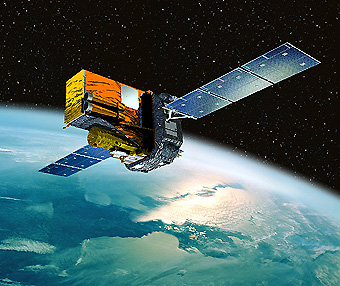Operating in an orbit that enables it to spend most of its time outside the Van Allen radiation belts, which can hamper observation of cosmic gamma rays, Integral will primarily study the densest sky objects, such as neutron stars and black holes, which are all sources of very high energy radiation. While IBIS will supply very detailed images of these sources, SPI will conduct the first in-depth analysis of this gamma radiation. Integral's observations should enable astrophysicists to confirm the presence of giant black holes at the centre of galaxies, starting with the Milky Way. Other areas of interest for the European gamma-ray observatory will include events of rare violence such as nova and supernova explosions. These will be explored with precision thanks to the gamma radiation given off by the radioactive isotopes emitted. Integral will also be a unique means for observing gamma bursts, these still largely unexplained explosions at the outer reaches of the Universe, which for the first time can be studied in parallel along a wide range of the electromagnetic spectrum. Integral is the second medium-size mission carried out under the Horizon 2000 programme, following the Huygens probe, whose destination is Saturn and its moon Titan; the third will be the Planck observatory, which will study the background noise of the Universe, as from 2007. The Integral mission should last at least two years.
(From a press release by ESA - European Space Agency - Paris (France) - October 17, 2002)
